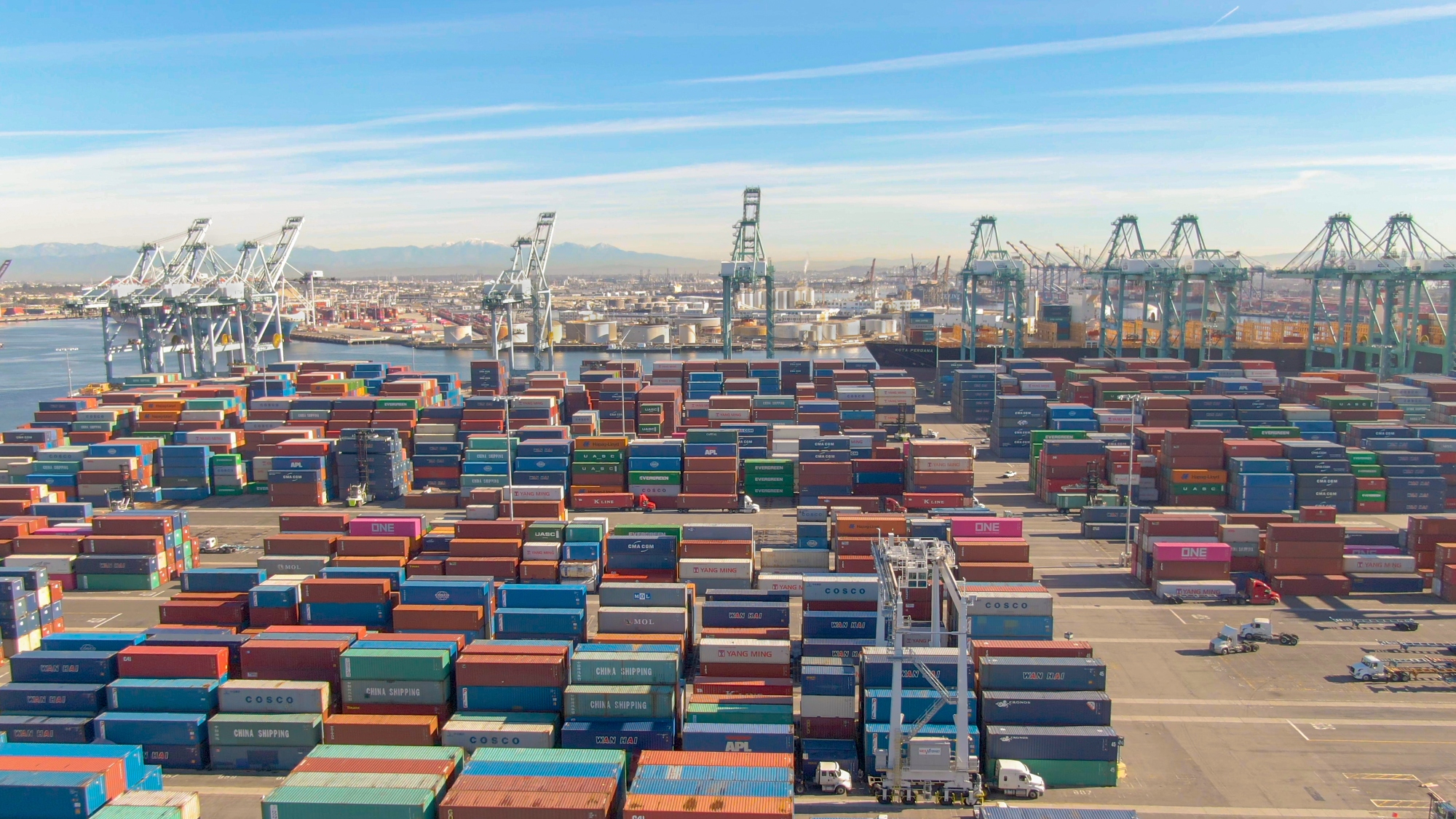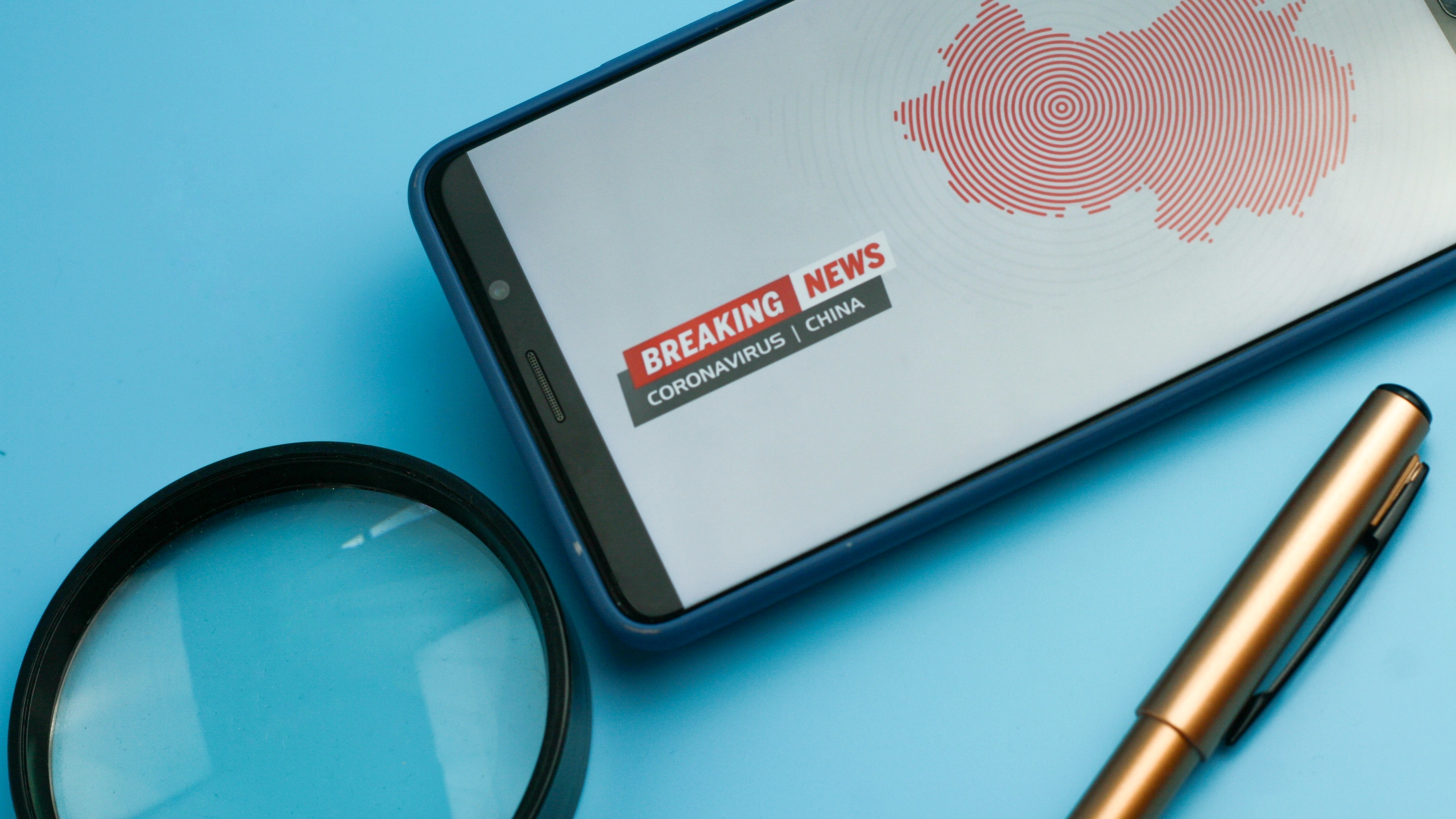How Do Supply Chain Risks Occur?: A Managerial Framework for Reducing the Impact of Disruptions to the Supply Chain
How Do Supply Chain Risks Occur?
Supply chain risk management systems comprise the set of systems and processes used to manage supply chain disruptions. Disruptions are defined as major breakdowns in the production or distribution nodes that comprise a supply chain. These may include events such as a fire, a machine breakdown, an unexpected surge in capacity that creates a bottleneck, quality problems, natural disasters, customs delays, or any other number of different problems. We first developed a common framework for discussing global supply chain disruptions, as shown in Figures 2 and 3. Figure 2 illustrates the three critical components to a risk management program: (1) the ability to discover that a disruption has occurred, (2) the ability to effectively recover from the disruption and (3) supply chain design strategies for resilience. Figure 3 illustrates the impact of disruption to a firm over time. From the moment a major supply chain disruption occurs, a series of events is triggered that as a whole defines the relative maturity of a company’s supply chain risk management system. Let’s consider an example from a recent disruption incident that illustrates the framework shown in Figure 3.
A major supplier to Nokia (the cell phone manufacturer) is Phillips NV, which produces the major semiconductors for Nokia phones at its plant in Albuquerque, New Mexico (1). On March 17th, 2000, a line of thunderstorms rolled through the city, and the furnace in the plant was high by lightning and caught fire. The fire was put out in less than 10 minutes by the sprinkler system, but the fire effectively destroyed the plant’s clean room. In a clean room, a small spec of lint, hair, or soot can ruin the delicate microscopic circuits that dominate the insides of modern electronics. In the 2000 blaze, smoke had spread throughout the facility, and the resulted in the contamination of wafers in almost every stage of production, destroying millions of cellphones worth of chips in those few minutes.
Disruption Discovery: As shown in Figures 2 and 3, a disruption occurs, the speed at which the problem is discovered becomes critical. Management of this element requires that executives understand the types of disruptions present in global supply chain systems and develop methods for discovering disruptions in a timely responsive fashion. This element also requires developing an understanding risk exposure and detecting when risk events are about to occur, or have occurred.
At Nokia, the company’s computer screens indicated that shipments of some Phillips chips seemed delayed. On March 20th, Phillips called Nokia’s chief component-purchasing manager Tapio Markki, to explain the delay, and said there would be a one-week delay. The fire impacted the production of some 4 million handsets. Nokia was about to roll out a new generation of cellphones that depended on the chips from the infirm Phillips lab. More than 5% of the company’s annual production might be disrupted during a time of booming cellphone sales. Although he did not see this as a major issue at firm, Mr. Markki communicated the news to others inside Nokia, including Pertti Korhonen, Nokia’s top troubleshooter. Mr. Korhonen decided that the situation needed closer scrutiny, and initiated a process of collaborating with Phillips on recovery efforts. He suggested that two Nokia engineers fly to Albuquerque to help Phillips. When they arrived, they realized it would take weeks to restore the cleanrooms and restart production.
Disruption Recovery: Executives put in “stop gap” measures to quickly recover from the disruption, and prevent it from impacting their operations, or worse yet, their major customers. This element of management involves developing methods for supply chain disruption recovery both in proactive (anticipatory) and reactive modes.
Mr. Korhonen from Nokia quickly realized that the disrupted supplies would prevent the production of some 4 million handsets, and could impact 5% of their annual production. The team quickly ascertained the availability of alternate sources for the parts. Three of the five parts could be purchased elsewhere. Japanese and American suppliers could each provide a million chips, and their relationship with these suppliers led to agreements to ship with only five days’ lead time. But two of the parts came from Phillips only. Nokia’s chairman spoke directly with Phillips’ CEO, Cor Boonstra, and demanded to know details about other Phillips plants. The Nokia team dug into the capacity of all Phillips factories and insisted on rerouting that capacity. Mr. Korhonen recalls that “The goal was simple: For a little period of time, Phillips and Nokia would operate as one company regarding those components.” The Finns’ actions got results. A Phillips factory in Eindhoven would provide 10 million chips, while another in Shanghai worked to free up more capacity for Nokia’s needs. Nokia engineers developed new ways to boost production at the Albuquerque plant –creating an additional two million chips when the plant came back on line. Through these actions, Nokia was able to avoid disrupting any shipments to its customers.
Supply Chain Redesign: Executives, once they recover from the disruption, learn from the event and take steps to redesign their supply chains to minimize the probability that the problem will occur again, or better yet, eliminate the possibility of it ever occurring again. This involves the development of tools for dynamic management of supply chain systems and redesigning/re-optimization of the supply chain. In systems such as supply chains, optimization cannot be a single static model. Rather, tools which adjust with the dynamic nature of supply chain events are needed. These tools should have global enterprise scope for enterprise redesign considerations, and need to provide solutions in real-time or near-real time. (It should be noted that that for the most part, current network optimization models in use are optimized for a “snapshot” in time and provide the optimal solution for the current operating and economic environment. What is needed is a set of tools that can track changes in the supply chain and work under a variety of operating and economic environments.)
Following this event, Nokia put in a series of dynamic visibility systems to track major shipments of all of its major suppliers. They also established a thorough risk management assessment for each of its major suppliers, and created contingency fallback plans for disaster planning at each location. Suppliers were trained in all of these planning elements. Finally, Nokia re-evaluated its entire supply chain network to avoid single sourcing any major component, and integrated these plans into their global sourcing strategies.
One of the major lessons to be learned from supply chain disruptions is that the speed of a company’s response to a disaster is critical. As shown in Figure 3, the time between a disruption and its discovery is the first element – it is important to put in systems to detect when a disruption occurs. The second element of response time is disruption recovery, and the leadtime from discovery to recovery. Companies who have already established contingency plans and visibility solutions, as well as excessive buffers such as inventory safety stock or extra capacity will be able to recover more quickly, and quickly mitigate the impact of these disruptions. In our Nokia-Phillips example, other cellphone manufacturers such as Lucent and Ericsson who were also sourcing from Phillips and who did not respond quickly experienced enormous negative impacts. For example, Ericsson treated the initial call from Phillips as “one technician talking to another”, and was content to allow the one-week delay to take its course, and that everything would work out.
When it was clear that the much-needed chips were significantly delayed, lower-level employees at Ericsson still did not communicate the news to their bosses for fear of reprimand. The head of the consumer electronics division did not learn of the problem until several weeks after the fire. By the time Ericsson realized the magnitude of the problem, it was too late. When it finally asked Phillips for help, Phillips couldn’t provide it because Nokia had already commandeered all of Phillips’ spare capacity. When Ericsson turned to other suppliers, they realized they didn’t have alternate suppliers available for the chips that came from the plant. The end result was that Ericsson bore the brunt of the disruption, and came up millions of chips short of what it needed for a key new generation of cellphone product. That shortage of millions of chips meant a shortage of millions of high-end handsets, with the resulting wrong product mix for the fast-moving cellphone market. At the end of the first disruption-impacted quarter, Ericsson reported losses of US$340 and 450 million before taxes, which led to a nine-month recovery time. At the end of 2000, Ericsson announced a staggering US $1.68billion loss in the company’s mobile phone division.
Reference:
(1) Adapted from Sheffi, Yossi Supply Chain Risk, St. Lucia Press, in press, Anderson, Shea. “Fire Costs Company Millions.” New Mexico Business Weekly, August 4th, 2000. Latour, A., “Trial by Fire: A Blaze in Albuquerque Sets off Major Crisis for Cell-Phone Giants.” Wall Street Journal, January 29, 2001.
- Categories:




